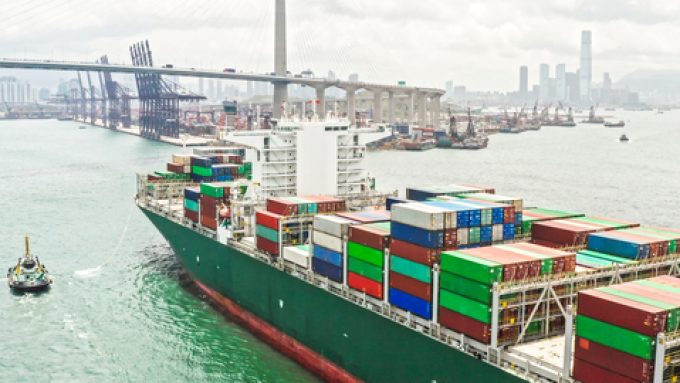Uplift for Hong Kong's air cargo hub status, while container port declines
Hong Kong government plans to further boost the SAR’s international aviation hub status – in ...

Hong Kong’s container volumes fell by over a million teu last year, pushing the transhipment hub down to eighth place in the global container port rankings.
The port’s throughput fell 6.3%, to 18.36m teu, down more than 1.2m teu on 2018, according to figures from the ...


Comment on this article